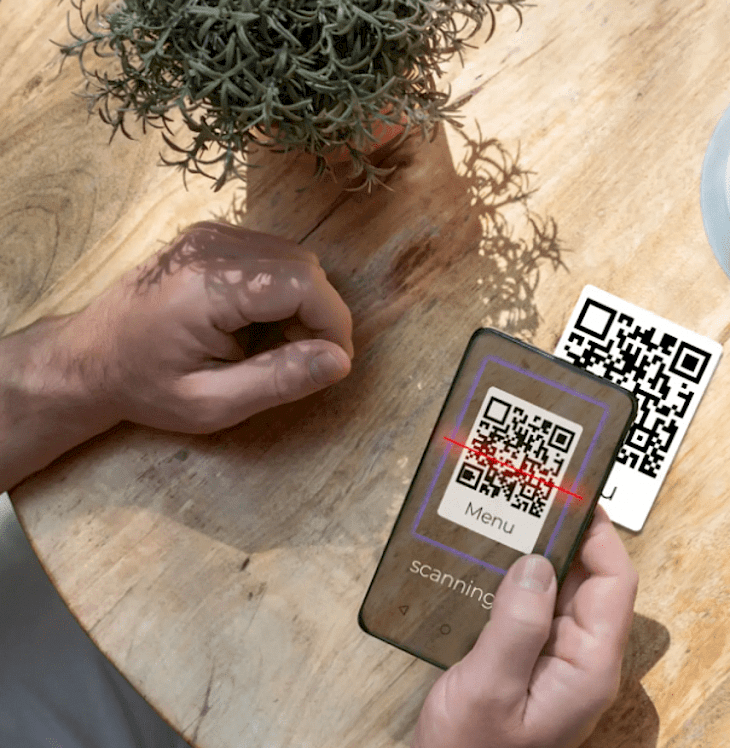
In the wake of the COVID-19 pandemic, the hospitality industry has had to adapt rapidly to new health and safety protocols. One significant innovation that has emerged is the use of QR codes for contactless menus in restaurants. This technology not only enhances the dining experience but also ensures the safety of both customers and staff. This article explores how restaurants are leveraging QR codes to implement contactless menus and the benefits they offer.
The Rise of Contactless Menus
The concept of contactless menus has gained popularity as a means to minimize physical contact and reduce the spread of germs. By using a qr code builder, restaurants can easily create digital versions of their menus that customers can access on their smartphones. This eliminates the need for physical menus, which can harbor bacteria and require frequent sanitization.
How QR Codes Work in Restaurants
Implementing QR codes for menus is a straightforward process. Here’s how it typically works:
1. Create the Menu Online: Restaurants first create a digital version of their menu. This can be done using various online tools and platforms.
2. Generate the QR Code: Using a qr code generator online or a qr code builder, the digital menu is then linked to a unique QR code. Restaurants can use a free qr code tool or opt for a custom qr code for branding purposes.
3. Display the QR Code: The generated QR code is printed and placed on tables, counters, or other accessible areas within the restaurant.
Customers can then scan the code with their smartphones to view the menu.
Benefits of QR Code Menus
The adoption of QR code menus brings a multitude of benefits for both restaurants and customers. Firstly, QR codes significantly enhance safety and hygiene. By eliminating the need for shared physical menus, they reduce the risk of virus transmission. Additionally, printed QR codes are much easier to clean and maintain compared to traditional menus, ensuring a more sanitary dining environment.
In terms of customer experience, QR codes offer substantial improvements. They provide a high level of convenience, allowing customers to access the menu instantly by simply scanning the code with their smartphones. This makes the ordering process quicker and more efficient. Moreover, digital menus can incorporate interactive elements such as images, videos, and detailed descriptions, which enriches the overall dining experience and makes it more engaging.
From an operational perspective, QR codes also contribute to efficiency. Utilizing a free QR code maker significantly cuts down the costs associated with printing and reprinting physical menus. Additionally, restaurants can update their digital menus in real-time without the need to produce new printed materials. This ensures that the latest offerings are always available to customers, keeping the menu current and dynamic.
Overall, the integration of QR code menus in restaurants offers a safer, more convenient, and cost-effective solution that benefits both the business and its patrons.
Customization and Branding
Another significant advantage of using QR codes is the ability to customize them to align with the restaurant’s branding. Using a qr code creator free, restaurants can design QR codes that include their logo, colors, and other brand elements. This not only makes the QR codes visually appealing but also reinforces the restaurant’s brand identity.
QR codes have revolutionized the way restaurants operate by offering a safe, efficient, and cost-effective solution for contactless menus. By using tools like a qr code generator, restaurants can easily create and implement digital menus that enhance the customer experience while ensuring safety and hygiene. As technology continues to advance, the use of QR codes in restaurants is set to become even more sophisticated, offering new opportunities for innovation and improvement in the dining experience.





